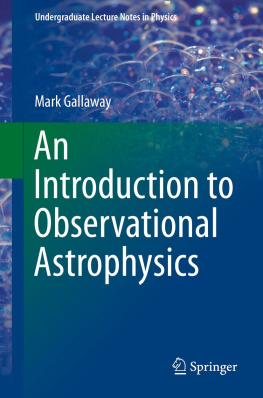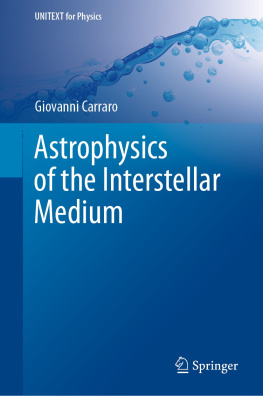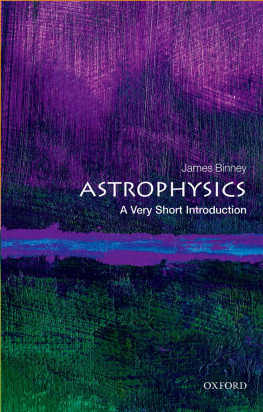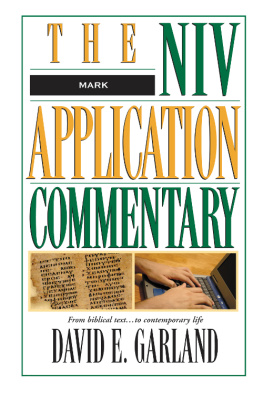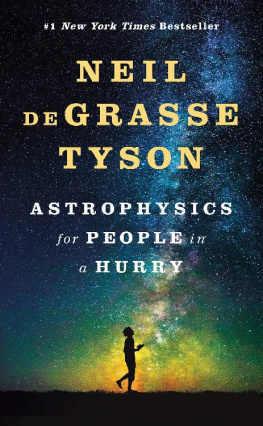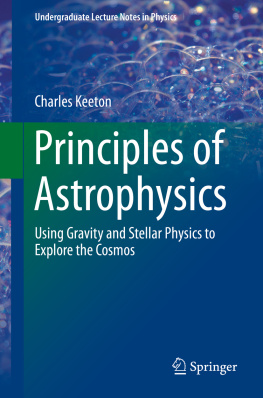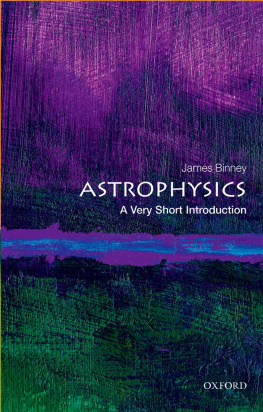1.1 The Reader
Most undergraduate astrophysics degrees have a practical component. This practical component would usually be undertaken using a small telescope, on campus if you are lucky, or otherwise at a large off-site facility. Remote observations are also sometimes used, these being done via an Internet link between a local computer and a robotic telescope. The amount of time you might spend at an instrument can be surprisingly short. Clearly this is not an ideal situation as observational astronomy is a complicated subject, and one that has developed over many centuries.
If you do not feel ready for the task that is in front of you, you are not alone. Scientific observation is a complex and somewhat daunting task, particularly when you find yourself alone in the dark late at night. This book was written to help new undergraduates studying astrophysics. It is intended to serve as a primer prior to observing, and also as a handy reference during the observing process itself. The book can also be referred to later when you are busy processing the images you took. However, a word of caution this book will not act as a substitute for thorough note-taking. It is always a good idea to document what you are doing while you do it and while it is fresh in your mind. Also, with regards to the sections on data reduction and image analysis, the volume you are holding is not specific to any single observatory. Rather it is intended as a general reference. Nor is it intended to be a complete work for any of the areas of astronomy covered in the following chapters, all of which could, in themselves, be a complete book.
While this book is aimed at undergraduates, I hope that it should also be useful for postgraduates, particularly if you do not have much direct experience of observational astronomy, or if you are out of practice. Hopefully, it should also be useful for the amateur astronomer who wishes to do some scientific work with their home instruments. One exciting aspect of astronomy is that it is a modern science where the amateur can do highly-useful research.
1.2 Required Equipment and Software
For the purposes of this book, its assumed that you have access to a permanently-mounted and fixed telescope. We also assumed that this is a Schmidt-Cassegrain type telescope (well discuss specifically what this is later on). The most common manufacturers of small telescopes are Meade and Celestron which are the most commonly-used by universities. (The make of the telescope only affects a small portion of this book, so dont worry if yours is different!)
Were also going to assume that the telescope has a mount that is capable of sidereal tracking, and also that it has an astronomical digital camera. The camera should be able to provide guidance information to the mount. Also, you will need science-grade astronomical filters (these would ideally be contained in the filter wheel thats part of the camera).
Your telescope may be controlled either by a computer or a hand controller. The camera will always be computer-controlled. There is a range of different software applications that exist for controlling camera and telescope; the most popular are ccdSoft and MaxImDL. These products are broadly similar, although, for the purposes of this book, we will be using MaxImDL. In addition, you may also find that your telescope had a powered focuser. This tool isnt essential to have, but it is a useful add-on.
Throughout this book, you will be asked to manipulate the images you take with your camera/telescope combination. Both ccdSoft and MaxImDL are capable packages, but both have associated licensing fees. There are also freeware image manipulation applications available for Windows, OSX and Linux. In this book, we will be using SAO DS9, Aperture Photometer Tool (APT), AstroImageJ and SALSAJ. Some universities may require you to use some professional-grade applications. A common example of such a tool is IRAF is versatile and fast, but its only designed for Linux (this also extends to OSX in practise). IRAF requires the use of a command-line interface and it is notorious for its steep learning curve, so you may find that to be something of a speedbump when you start out. However, one of IRAFs merits is that it can be scripted to run a series of linked commands. This can speed many image analysis processes up a lot. Most of the image manipulation that this book will cover can be done in IRAF if you wish.
This book also covers tasks which can be done using commands in the Python programming language. Python is becoming increasingly popular in professional astrophysics, and I cant recommend it highly enough as a first language. I also highly recommend learning a programming language as it will help you in your course and also for getting a job post-degree. Python is open source (i.e., its free), multi-platform, well-supported and easy to check for errors. It has many powerful add-in packages called modules, which include those for performing astronomical calculations, astronomical image manipulation, statistics and even a package to control IRAF viaPython (PYRAF). A number of Python distributions and versions are currently in use. The authors preference is for the Anaconda Python 2.7.6 distribution as it is easy to install and comes with most of the tools you use. However, other are available and might already be installed on your computer.
This book also cover spectrographs and radio observing. Most universities running astrophysics degrees have telescopes with cameras, but having a mounted spectrograph is rarer, and access to a radio telescope is even rarer. However, please do feel free to read these chapters even if you dont currently have access to these instruments. These are after all important tools in professional astronomy, and you never know when this knowledge might prove useful.
1.3 How to Use This Book
This book doesnt have questions for the reader to attempt, although it does provide worked examples for the trickier mathematics. Instead, there are practical activities for you to try. The idea is that you will gain the skills and the confidence you need by actually having a go at these things and seeing how they work in practise.
The initial chapters cover the underpinnings for the practical sessions introduced later. In most cases, its possible to do the exercises from previously-acquired data. (This sometimes referred to as canned data.) This does, however, provide a different experience from actually going out and doing the observations. (And dont underestimate how different sitting indoors in front of a computer in the mid-afternoon feels to actually being out there on a cold winter night.)
Unlike many books that you may encounter during your studies, this one is not limited to a single course or module. Rather, its intended to be a companion that can guide you through all the stages of your course. Topics we will cover include general observing, solar system astronomy, solar physics, planetary science, stellar astrophysics, extragalactic astrophysics and cosmology. We will also touch on broader physical topics such as quantum mechanics (where relevant to the matter at hand).

